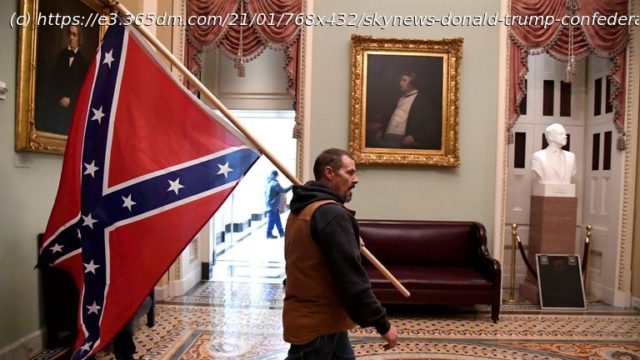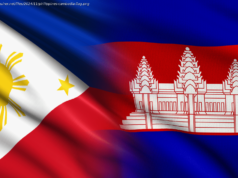The extraordinary scenes in the seat of power could have far-reaching effects on the future of how the country is governed.
Questions around the security response to Wednesday’s breach of the US Capitol continue to swirl. Where were the police? Where was the National Guard? Why could Donald Trump’s supporters waltz into the building at the very centre of America’s democracy and wreak unprecedented havoc? The stark contrast between images of National Guard lining the DC streets as Black Lives Matter swept the city in the summer, versus the pitifully few Capitol Police officers trying to contain a baying mob on 6 January, is hard to deny. The inconsistency in responses brings with it allegations of racial bias, with Wednesday’s largely white crowd not meeting the same show of federal force in the US Capitol as the multi-racial demonstrations months earlier. But it also highlights the significance of how power is wielded in Washington DC – a place governed unlike any other in the United States. DC itself is not a state, it is considered a municipal government. Rather than a governor, it has a mayor. The DC Mayor’s office – currently occupied by Democrat Muriel Bowser – does not control the National Guard, the Department of Defense does. And the DOD’s commander-in-chief? The president. While Mr Trump claimed in a White House video put out late on Thursday that he „immediately deployed the National Guard“, other reports say he was resistant, and that ultimately Vice President Pence was the one who ordered the federal troops.






